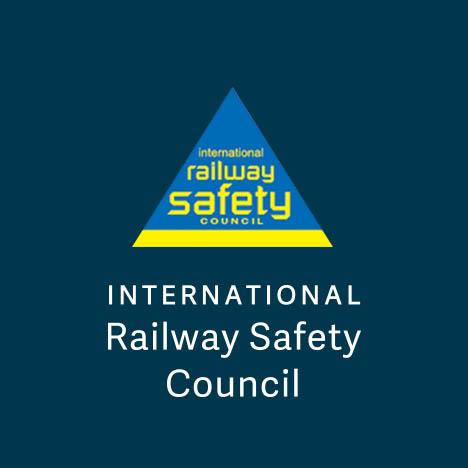Railway provides a safe and comfortable way of transportation for the passengers. The reason for railway accidents can vary which includes human error, mechanical failures such as track misalignment, crack, broken rails, insufficient ballast, defective fasteners, wear and tear, natural disasters, and even acts of sabotage. Therefore, track inspection is significant to ensure the safety and efficiency of railway transportation. It helps to prevent accidents, reduces maintenance costs, ensures regulatory compliance, and enhances the reputation of railway companies. Joint bars are important component serving a crucial role in connecting two sections of rail in a railway track, maintaining the overall continuity and stability of the track system, providing stability, durability, safety and maintenance in tracks. Joint bars are vulnerable to various factors that can compromise its structural integrity thereby increase the risk of rail accidents. A deep learning approach is proposed for identifying the cracks in the joint bar from the images captured by drone footage. The proposed model utilizes five pre-trained models: VGG16 (Visual Geometry Group 16), VGG19 (Visual Geometry Group 19), Inception-V3 (Inception Version 3), DenseNet121 (Densely Connected Convolutional Network-121), and ResNet-50 (Residual Network-50). Additionally, OpenCV (Open Source Computer Vision) is employed to detect and identify cracks. By conducting a comprehensive comparison with other models, it becomes evident that VGG-19 has attained remarkably high accuracy of 90.83, thus highlighting its effectiveness and superiority.

